iPhone 14 vs iPhone 12: Biggest rumored upgrades
What differences will two years of iPhone improvements make?
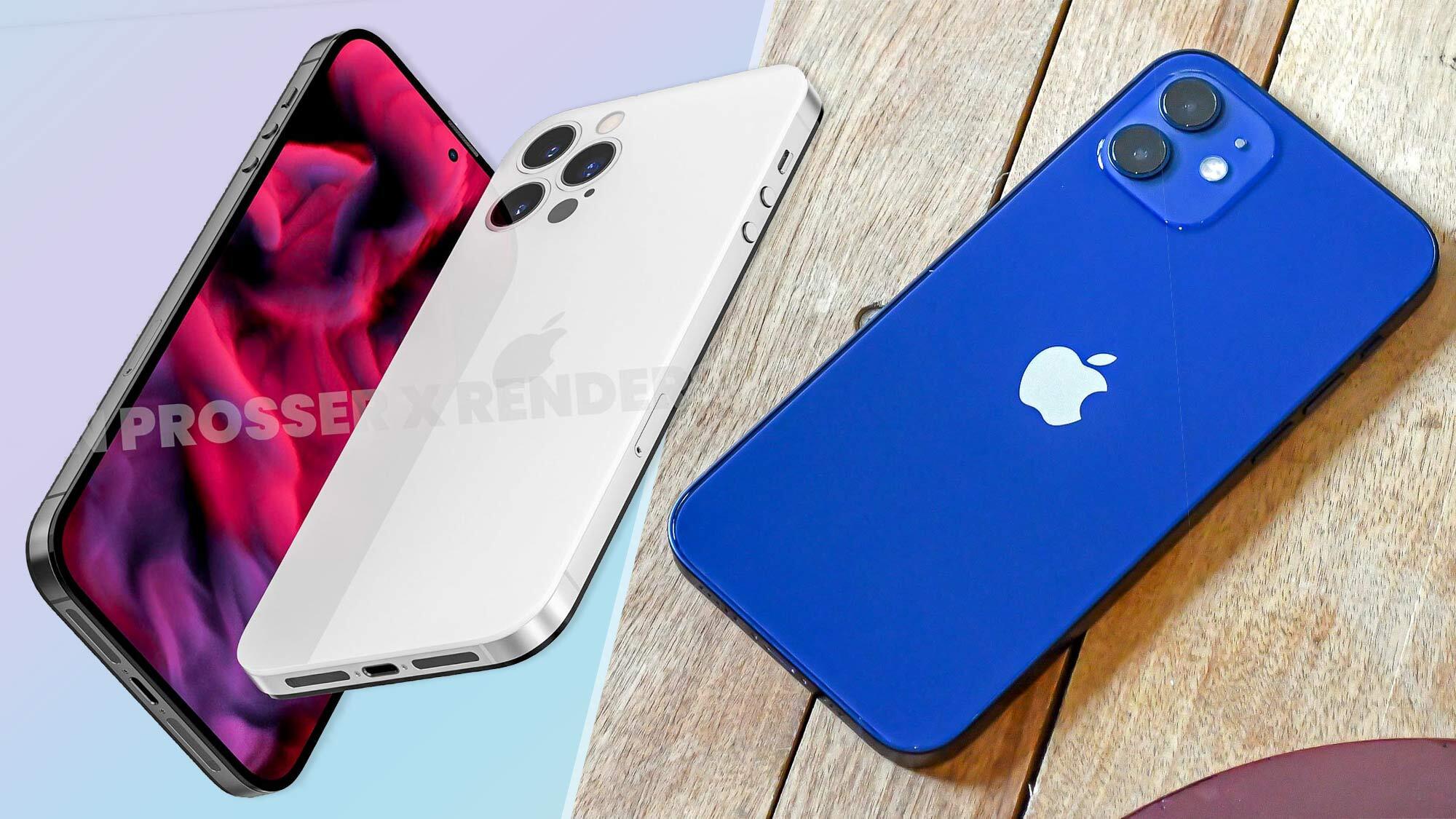
The iPhone 14 and iPhone 12 are separated by two years, and both look like they represent big upgrade years for the Apple smartphone.
The iPhone 12 was the first iPhone to introduce Apple's current flat-sided designs, as well as 5G compatibility and the four-model lineup. Meanwhile, the iPhone 14 could be the first to leave behind Apple's notched display design, upgrade the main camera's resolution and add an always-on display.
The iPhone 14 could be appearing soon at the Apple event, so we'll hopefully know for sure what differences there are between it and the iPhone 12. Before then though, here are the rumors and leaks that we know so far for the iPhone 14, and how those compare to Apple's 2020 iPhone 12.
iPhone 14 vs iPhone 12: Price
The iPhone 12 and iPhone 12 mini marked a welcome reduction in price compared to the iPhone 11 lineup, debuting at $799 and $699, respectively. Meanwhile the iPhone 12 Pro and iPhone 12 Pro Max stayed at $999 and $1,099 — the same prices as the iPhone 11 Pro and iPhone 11 Pro Max before them.
We may see the regular iPhone 14 stay at the same price as the iPhone 13 and iPhone 12 before it, but see the iPhone 14 Pro increase in price by $100. That would be unfortunate news for anyone wanting Apple's latest and greatest.
There may also be a new iPhone 14 Max model, replacing the iPhone 13 mini but offering a 6.7-inch display instead of a 5.4-inch one. It's expected this model would be priced between the iPhone 14 and the iPhone 14 Pro, so somewhere around the $900 mark.
The iPhone 12's price dropped by $100 when the iPhone 13 came out, with Apple continuing to offer the iPhone 12 and iPhone 12 mini. We'd expect those prices to drop further once the iPhone 14 arrives, since Apple typically keeps two years of models available in its phone lineup.
Sign up to get the BEST of Tom's Guide direct to your inbox.
Get instant access to breaking news, the hottest reviews, great deals and helpful tips.
iPhone 14 vs iPhone 12: Design
The iPhone 12 cemented Apple's current design language of flat sides and symmetrical bezels, while keeping with the more established Face ID notch and button layout from older iPhones. It also established Apple's current range of size options — ranging from the 5.4-inch mini to the 6.1-inch base iPhone and Pro to the 6.7-inch Pro Max. These are the same sizes for the iPhone 13 models too, although the notch shrunk a little bit, and Apple changed out some of the colors it offered.
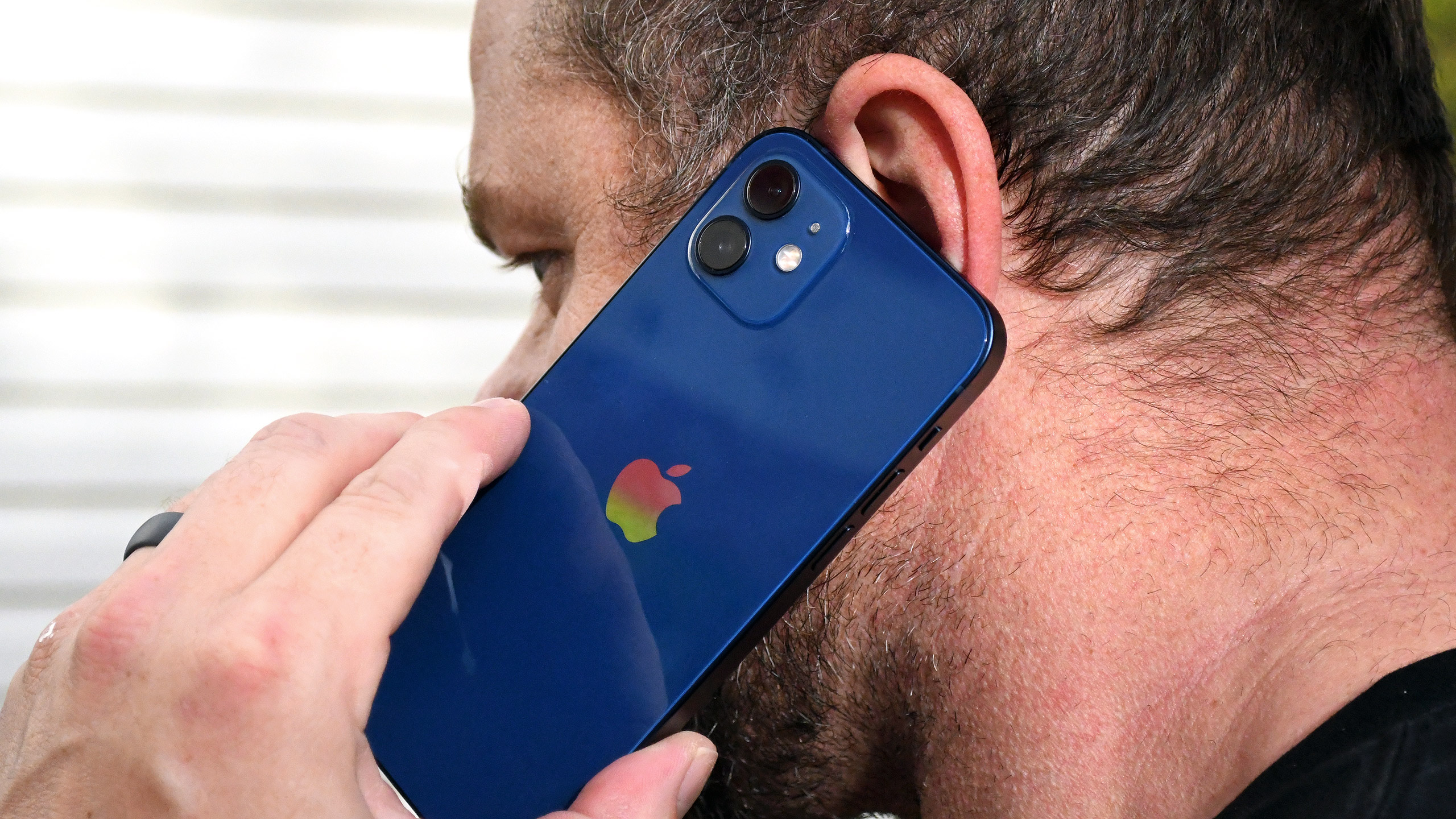
The iPhone 13 models did increase in weight, thanks to new cameras and larger batteries. It would be nice if Apple could tone this down again to make its next phones easier to carry around or use one-handed.
We've heard of a couple of big changes for the iPhone 14. First off, there's likely to be no iPhone 14 mini, since the iPhone 12 mini sold poorly and it's not looking like the iPhone 13 mini will take off either. Instead, rumors point a 6.1-inch base iPhone 14 along with a 6.7-inch model called the iPhone 14 Max. Think of it as a lower-cost version of the Pro Max model, which is expected to return alongside a 6.1-inch iPhone 14 Pro option.
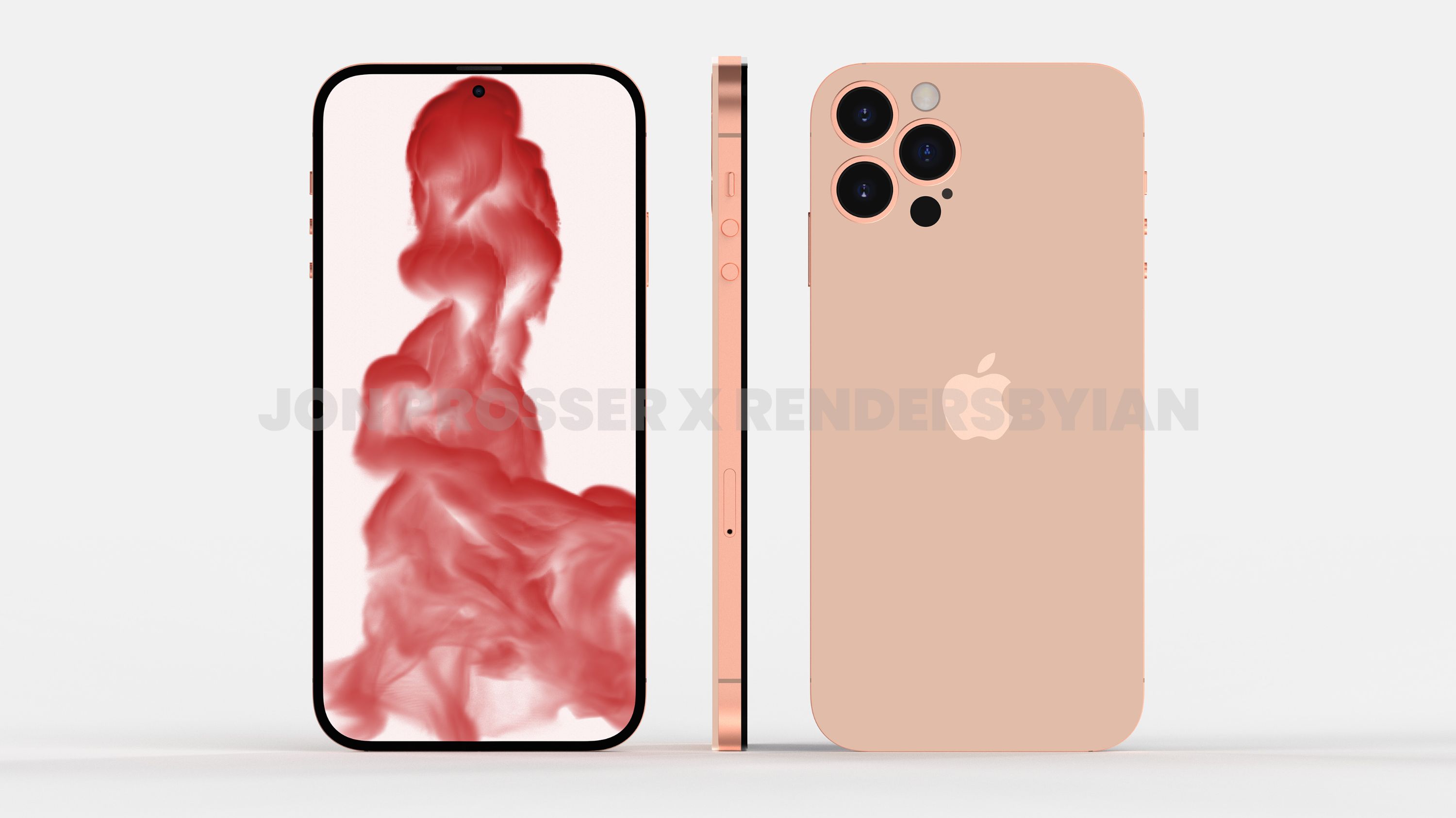
The other major design change to look out for is the alleged introduction of punch-hole front cameras to at least some of the iPhone 14 models. After irritating users with the notch since 2017, it's about time Apple made this change, although we're curious as to how Face ID would work without the infrared dot projector and reader exposed.
There were rumors that the iPhone 14's cameras would be retracting back into the phone to lie flat with the main back panel, rather than sticking out like they do on the iPhone 12. However more recent rumors have established a more familiar camera bump design.
In terms of materials, the iPhone 12 is made primarily of glass, with aluminum sides on the base iPhone 12 and iPhone 12 mini, and stainless steel around the edges of the Pro and Pro Max. The iPhone 14 may have had prototypes made out of titanium, which would have made the phone tougher but potentially more expensive. Unfortunately for users who love their titanium Apple Watch, it looks as if the iPhone 14 will still be made with aluminum, and the iPhone 14 Pro with stainless steel
What about ports? The iPhone 12 uses Apple's Lightning connector just like iPhones of the past several years. Although we keep expecting Apple to announce it's ditching ports entirely for a true wireless phone — one rumor has claimed this will happen with the next iPhone — the iPhone 14 is expected to stick with Lightning.
iPhone 14 vs iPhone 12: Display
The focus here will be on the refresh rates for the iPhone 14 models. While all iPhone 12 models use 60Hz displays, it's expected that at least the iPhone 14 Pro versions will use the same adaptive 120Hz rate that Apple introduced with the iPhone 13 Pro and iPhone 13 Pro Max. This allows those two phones to scale up their refresh rate when on-screen activity would benefit from faster refreshing. (Think scrolling down a web page.)
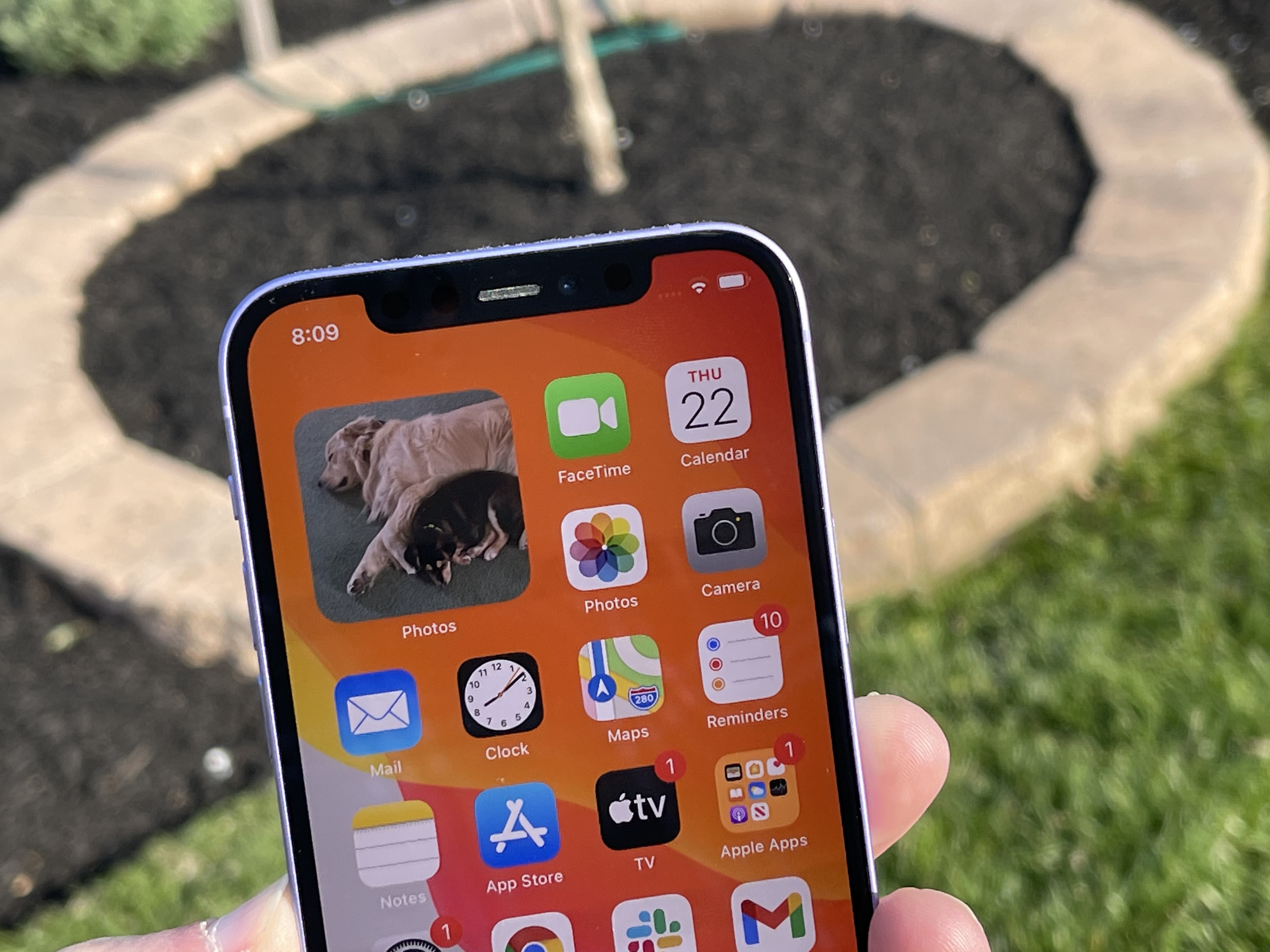
Unfortunately, one rumor says that Apple may still use a 60Hz display on the basic Phone 14. However that would still mean that upgrading from a 12 Pro or Pro Max to a 14 Pro or Pro Max would provide a noticeable difference in smoothness when scrolling through pages and apps.
The iPhone 14 Pro models are also tipped to get an always-on display feature, which would allow some information to be shown on-screen when the phone's locked and the display off. You'll be able to pick some lock screen widgets (like in iOS 16) and they'll then show up without you needing to unlock the phone, similar to what you can do on many of the best Android phones.
iPhone 14 vs iPhone 12: Cameras
The iPhone 12 and iPhone 12 mini feature a pair of 12MP sensors for their main and ultrawide cameras. The iPhone 12 Pro and 12 Pro Max feature those same two cameras, accompanied by a 12MP telephoto lens and LiDAR depth sensor. The iPhone 12 Pro's telephoto lens is capable of a 2x optical zoom, while the iPhone 12 Pro Max can go up to 2.5x. The largest iPhone 12 model is also the only one to offer sensor shift stabilization, a feature Apple subsequently added to all iPhone 13 models.
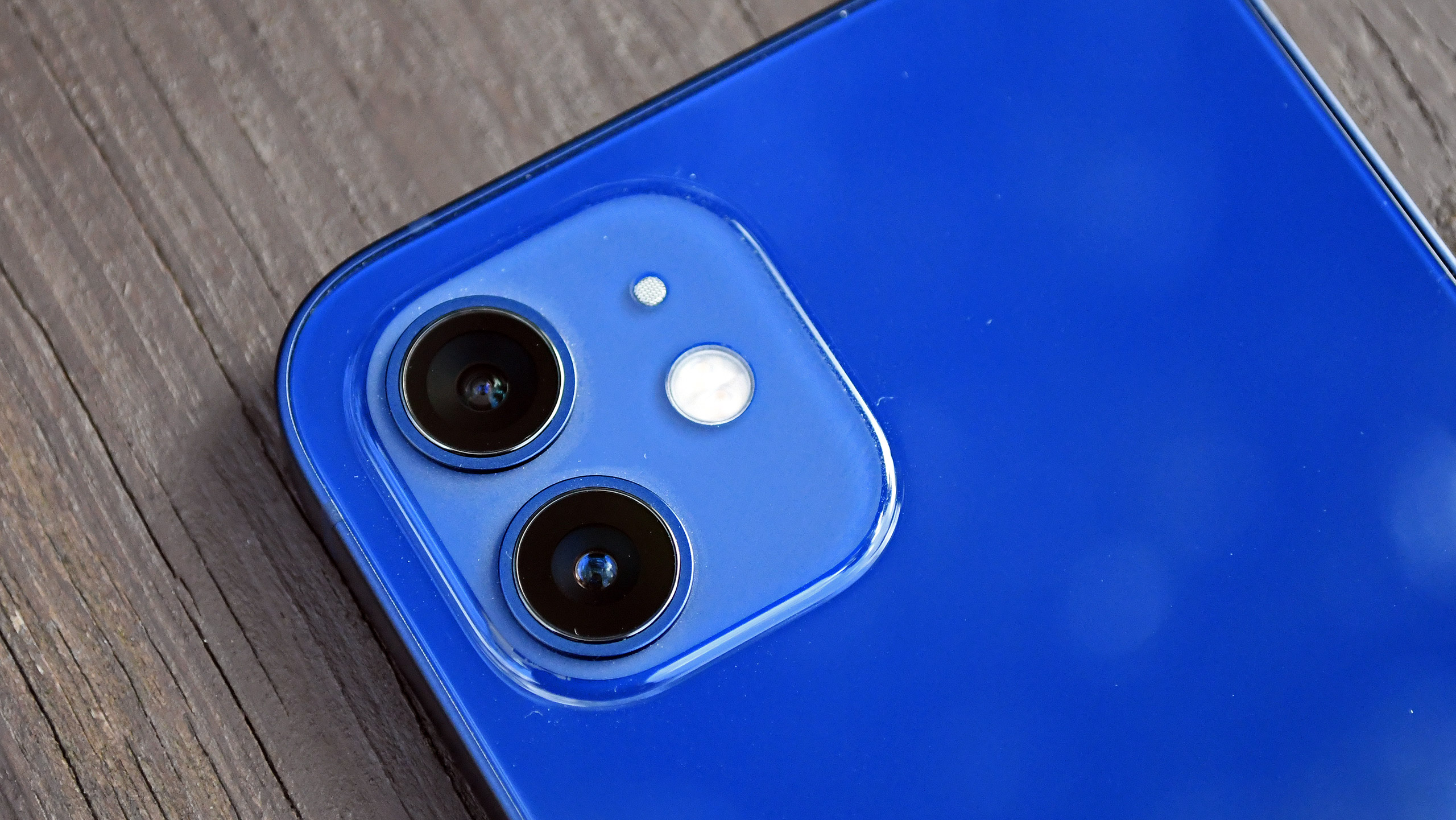
We could see the same basic set-up for the iPhone 14 and iPhone 14 Pro models as we got with the different iPhone 12 phones, though you'd expect the iPhone 14 to adopt the hardware changes Apple introduced with the iPhone 13. (Bigger sensors that let in more light, among other changes — get the full rundown in our iPhone 13 vs. iPhone 12 comparison.) Alternatively, we might see a 48MP main camera on the Pros.
While Apple continues to show us that it doesn't need more megapixels to make its phones the best camera phones, a higher resolution would be useful for capturing extra detail in shots, or for improving low-light performance by "pixel-binning" — combining pixels together into virtual super-pixels — to capture more light from dark subjects.
If that wasn't enough, the ultrawide camera may get improvements too, specifically to its pixel size.
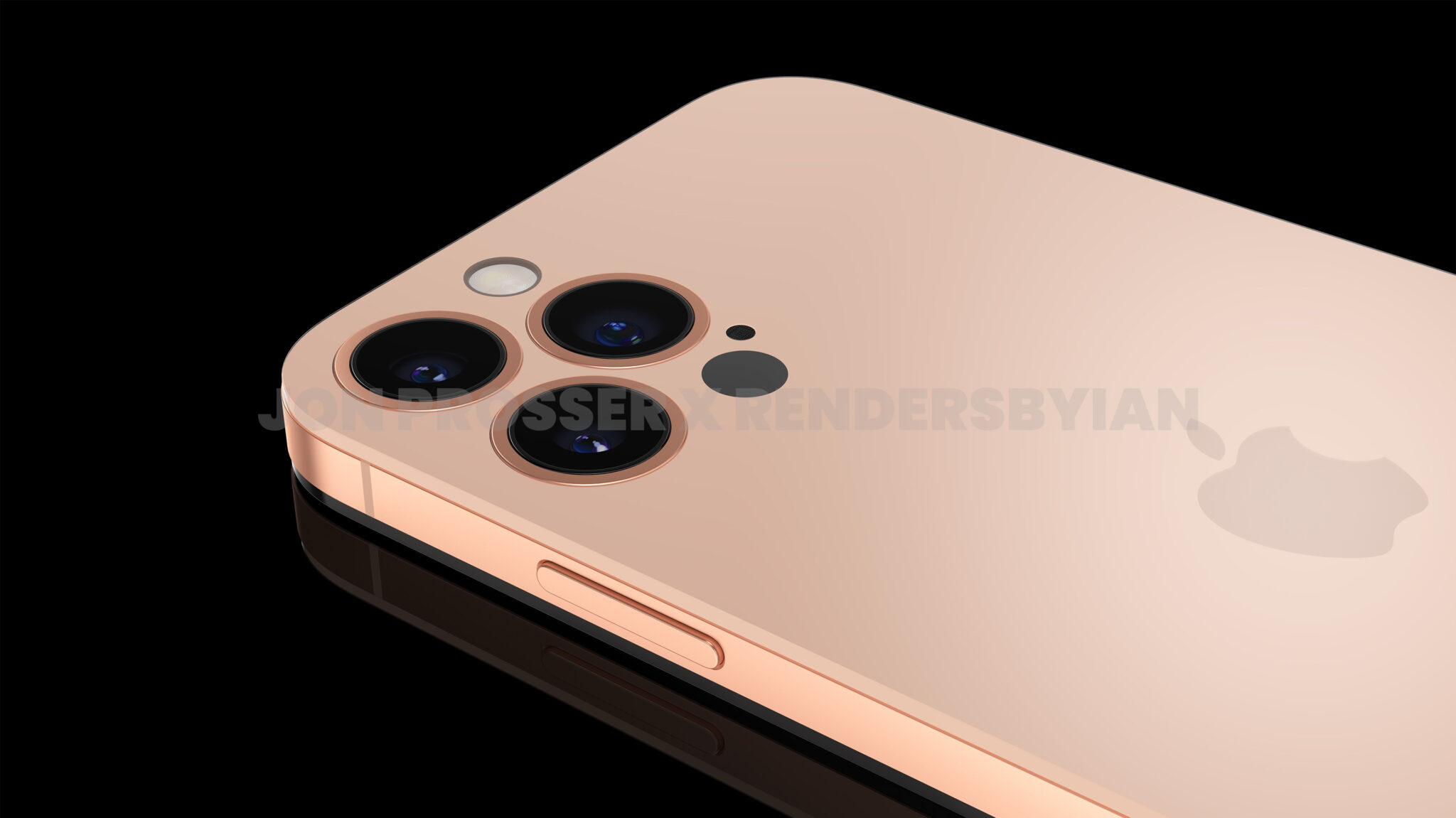
We could also see a selfie camera upgrade for the iPhone 14. The iPhone 12 (and iPhone 13) use the same fixed focus sensor, but the iPhone 14 series could change this to an auto-focus-enabled sensor and add a wider aperture to make it easier to take brighter shots from different distances.
iPhone 14 vs iPhone 12: Performance
The A14 Bionic powering the iPhone 12 may be nearly two years old, but it still outperforms many 2021 Android flagship phones on benchmark tests. Still, the iPhone 12 will be no match for what the iPhone 14 is inevitably packing.
It's assumed the iPhone 14 will be equipped with a chip named the A16, and rumors say that the next Apple A-series chip will use a 4-nanometre (4nm) process. Put simply, that means it should be more efficient and more powerful than before. However production shortages could mean Apple has to stick with the same 5nm processor size as before.
Nevertheless, since the A15 Bionic chip in the iPhone 13 tops the iPhone 12's performance, you'd expect an even bigger gap between the iPhone 14 and the iPhone 12 once Apple introduces its next phone.
This may only apply to the iPhone 14 Pro models though. We've heard rumors that say the regular iPhone 14 phones could stick with the iPhone 13's A15 chipset, which while still an improvement on the A14 in the iPhone 12, won't be the best available performance in a new iPhone.
iPhone 14 vs iPhone 12: Battery and charging
Excluding the iPhone 12 Pro Max, one of the only weaknesses of the iPhone 12 lineup was the disappointing battery life three of the models had to offer, as they lagged behind the average result for smartphones on our battery test. Apple improved things with longer-lasting batteries in the iPhone 13 — a trend we hope continues with the iPhone 14.
We could see the iPhone 14 adopt 30W wired charging, a significant boost from the iPhone 12's 20W maximum. There's no sign of an increase in the 15W MagSafe wireless charging standard though.
Looking at the iPhone 14 battery rumors, it's currently looking as if there will be small capacity increases across the board. Plus, Apple's next Pro iPhones would likely be more power efficient, even if the battery size isn't altered, thanks to the new chipsets they're rumored to have.
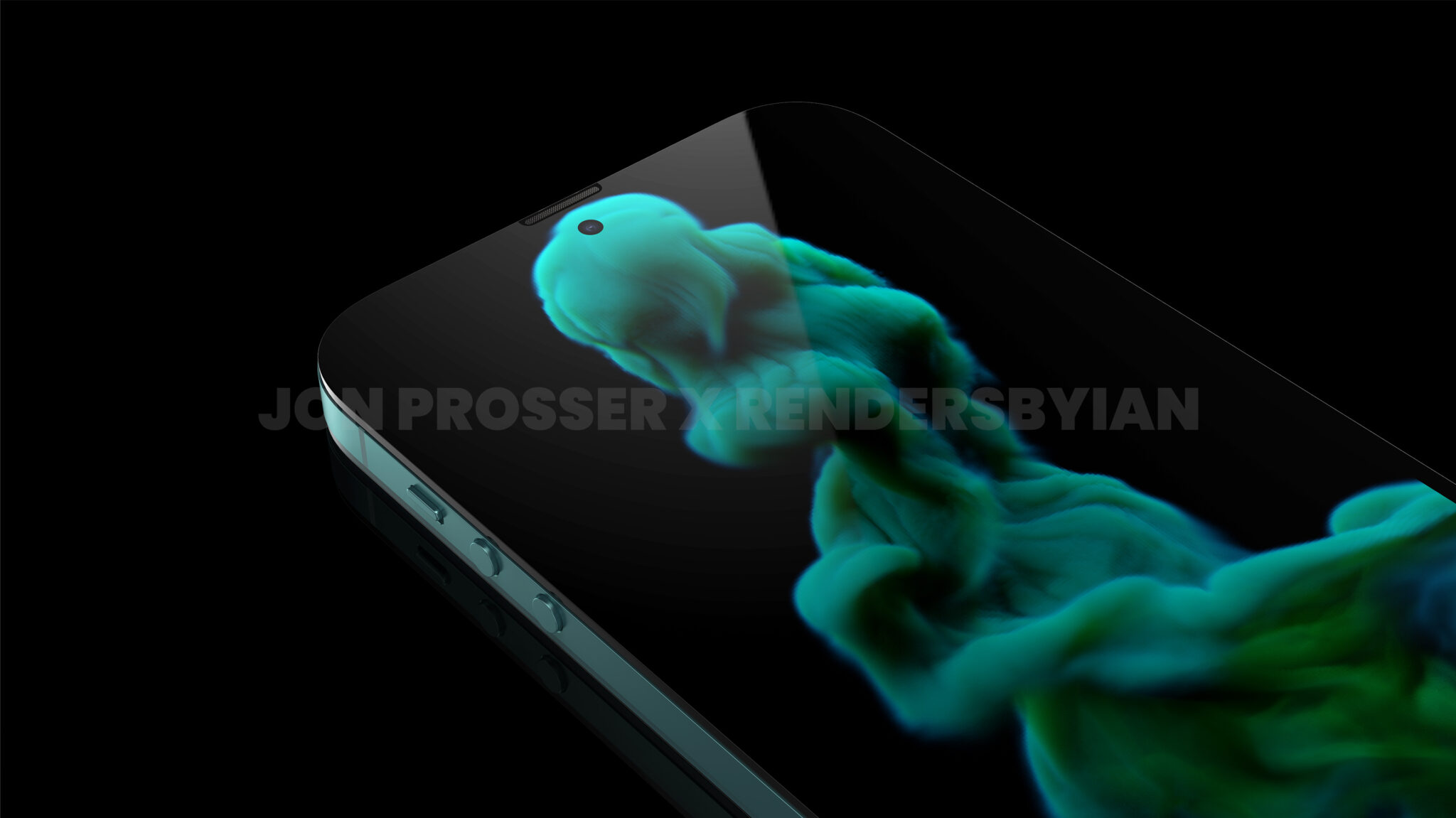
iPhone 14 vs iPhone 12: 5G
The iPhone 12 was Apple's first 5G-ready iPhone, with sub-6GHz and mmWave flavors of 5G available depending on where you bought the phone. That had an impact on battery life, but an iPhone 12 is in theory ready for your local 5G network, whenever that happens to be installed.
The iPhone 14 was rumored to be the first Apple phones to use an Apple-designed 5G modem rather than an off-the-shelf Qualcomm one, but it now looks like Apple couldn't get its own modem ready in time and will save it for the iPhone 15. Presumably, this means another year of Qualcomm modems, so hopefully Apple has done more work to keep the power drain as low as possible.
iPhone 14 vs iPhone 12: Outlook
If you're an iPhone 12 owner looking to upgrade after two years, the iPhone 14 should be an excellent step up for you — though, of course, how excellent a step will become more clear over time. That said, a new design, along with increased performance and battery life, should be enough reason to warrant an upgrade to one of the basic models; getting a 120Hz display with a punch-hole camera and upgraded rear sensors on top of that means moving to a Pro model will be an even bigger upgrade.
We still need to see if Apple extends fast-refreshing displays to all the phones in the iPhone 14 lineup. And camera improvements will go a long way in determining just how big an upgrade the new phones will be. Stay tuned for more rumors to see how that changes the iPhone 14 vs. iPhone 12 outlook.

Richard is based in London, covering news, reviews and how-tos for phones, tablets, gaming, and whatever else people need advice on. Following on from his MA in Magazine Journalism at the University of Sheffield, he's also written for WIRED U.K., The Register and Creative Bloq. When not at work, he's likely thinking about how to brew the perfect cup of specialty coffee.
